“The cockpit is the girls' cabin”
It is hard to find common ground between the once strong and unyielding female drivers of Truong Son and the gentle and kind woman of nearly 80 years old sitting in front of me. It is also hard to believe that the girl once known as the “beauty queen of Truong Son” could bravely cross the fiercely attacked key points like Dong Loc Intersection without flinching. Just like the poet Pham Tien Duat once wrote to the women:
At the age of 16, young girl Bui Thi Van ran away from home to join the youth volunteer force, lying about her age of two to go to the battlefield. "When I went, my whole family tried to stop me. The elders said, 'What's the point of a daughter going into a place where bombs and bullets are?' But I thought, how can I sit still when the country is at war?", Mrs. Van recalled. The day she swallowed her tears to leave, her whole family cried their eyes out of pity and fear that their daughter would never return.
At nearly 80 years old, Captain Bui Thi Van - the "beauty queen" of the Truong Son female driver platoon in the past - is gentle and kind. |
In the early days, her job was to fill bomb craters and clear roads for vehicles to pass. After three years, the young girl was selected to serve in the army. Through three recruitment rounds, each with 15 people, a female driver platoon named after Hero of the People's Armed Forces Nguyen Thi Hanh was born. 45 young girls then went through a short-term driving training course in Nam Dan, Nghe An .
“At first, my sisters and I were overwhelmed when we saw the massive Gaz cars. We were small, only about 40-45kg, standing in front of that huge machine made us feel very shy. Especially when going uphill or downhill, we all held our breath, our eyes wide open from tension. The male drivers saw this and immediately teased us, giving each of us a coffee bean to chew to calm our nerves. With my small body, I almost disappeared into the cockpit. Sitting in the seat, my feet didn’t even touch the floor, and my hands had to reach for the steering wheel. I had to put a blanket underneath to make it as high as the steering wheel, and behind my back I also put a 20-liter plastic can as a support. But we gradually got used to it, and our steering became more steady every day,” Ms. Van recalled her first days of learning to drive.
They had to concentrate to practice driving large trucks, practice driving on dangerous roads, practice reacting when encountering enemy planes. After 45 days of arduous training, the little girls officially held the steering wheel, stepped on the gas and brake, and began their journey across the fire line.
|
Their mission was to transport food, medicine, and weapons from Vinh (Nghe An), along important roads such as 12, 15, 18, 20, and 22 to the north bank of Gianh River ( Quang Binh ) and then pick up wounded soldiers to return to the rear. Each trip back to the North like that brought 24 wounded soldiers or cadres from the South to recuperate and study. Some trips did not stop there, following the command, the wheels rolled deep into the battlefield, even crossing the border, into Laos.
Amidst the bombs and bullets of the battlefield, Mrs. Van was often caught in the middle of the bombing. The planes roared, bombs fell continuously, the car shook violently. The wounded soldiers panicked and shouted for her to abandon the car and run. But she still held the steering wheel tightly, determined not to leave them. Luckily, a nearby engineering team discovered her and rushed over to help the women carry each wounded soldier into the shelter.
“Gradually we got used to the sound of falling bombs. When I was driving, some young volunteers panicked and pointed to the sky, shouting that enemy planes were coming. But we just smiled and waved our hands as if it were normal. If bombs were dropped from behind, we would step on the gas and drive forward, if bombs were dropped from ahead, we would turn sharply to another road. Running for so long became a reflex, and there was nothing to be afraid of,” Ms. Van confided.
What made the young girls cry was the pain of the wounded soldiers they carried on the back of the vehicle, some with amputated arms, some with amputated legs, writhing in pain. The bumpy road and the bumpy vehicle made them even more miserable. Some could not bear it and screamed and cursed…
"The days of fighting America were so beautiful"
The Truong Son buses in those days were often camouflaged with leaves to avoid enemy detection. Ms. Van’s bus always had a branch of wild orchids in the cockpit, like a soft touch in the fierce battlefield. Her teammates called her Van “flower and leaf”. Not only that, with her gentle beauty, she was also considered the “beauty queen” of the female driver platoon. Her smiling image in her youth was later chosen as the cover of the book “.
45 girls of the female driver platoon named after People's Armed Forces Hero Nguyen Thi Hanh. Photo: Archive |
Despite her small size, she still had to do all the hard work like men. When the car broke down, she had to fix the wrench, hold on to the side of the car, and use her whole body to lift up to turn the bolts. Sometimes she had to crawl under the car to fix the leaf springs, use her feet to kick hard to loosen the bolts, then crawl back up and continue pedaling.
“Blisters and blood on the palms of our hands from turning the crankshaft to start the car, or sucking gasoline with our mouths, swallowing a mouthful of gasoline down our throats and then vomiting endlessly… were everyday occurrences for the whole team. But our spirit was never shaken, everyone was determined to stick with it and overcome all challenges together,” Ms. Van recalled.
In the middle of the Truong Son mountain forest, for Mrs. Van, what terrified her the most was not bombs and bullets but... ghosts. There were nights when she was alone in the middle of the forest, her car suddenly broke down, she was fixing it and sobbing.
Although life and death were sometimes just a hair’s breadth apart, the miracle was that all 45 female drivers of Truong Son that year returned safely. Amidst the rain of bombs and bullets, they still maintained the innocence of youth, singing songs like “, “ in cabins reeking of gasoline. Some people teased that they looked like they were performing in a cultural performance, not in logistics. They just smiled and said that whatever task they were assigned, they would complete it.
Through the bombs and bullets, even though life was still full of hardships, the sisterhood of the Truong Son Women's Driver Platoon never changed. Every year, in December, Ms. Van and her former teammates gathered at the Vietnam Women's Museum, sitting together to reminisce about the past years. Some were still alive, some were gone, but the memories remained intact. They always kept in mind that: life can forget us sisters, but we sisters must never forget each other.
…and the journey that brought us together as husband and wife
In late 1970, on a bus carrying wounded soldiers from the front to the rear, Ms. Van met a young soldier from Hanoi who was seriously wounded. She did not hesitate to carry him onto the bus, accompanying him throughout the dusty journey. Before parting, he quietly asked for her mailbox address. Shortly after, sincere, anonymous letters arrived: "We only met once on the bus, but I still miss you so much."
Then another time, he wrote: "I'm not afraid of bombs and bullets, but when facing the person I love, there are things that seem simple but cannot be said."
Mrs. Van and her husband while still on the battlefield. Photo: NVCC |
She read the letter and felt a little moved, but in the midst of war, it was difficult to express personal feelings. Because at that time, they still had to practice three rules: Don't fall in love, once in love, don't get married; once married, don't have children.
In the last years of the war, they met again. He hesitantly asked about the letter, and she smiled and teased: "Where is the letter?". Later, she said, she deliberately teased him to see his reaction, and he just smiled: "I was afraid you would say that being a war invalid would be unfinished."
Every day, he cycled to pick her up after each shift, without any begging, just quietly waiting. It was his sincerity that touched her. In 1974, she agreed to marry him. After liberation, life was simple, they had 5 children and despite the hardship, the small house was always filled with happiness.
Video: The poem “To you, the female soldier driver” was composed by poet Pham Tien Duat in 1968 when he was moved by witnessing the girls of the legendary Truong Son female driver platoon. |
Article and photos: PHAM THU
Source: https://www.qdnd.vn/phong-su-dieu-tra/phong-su/gap-lai-hoa-khoi-cua-trung-doi-nu-lai-xe-truong-son-nam-xua-823905


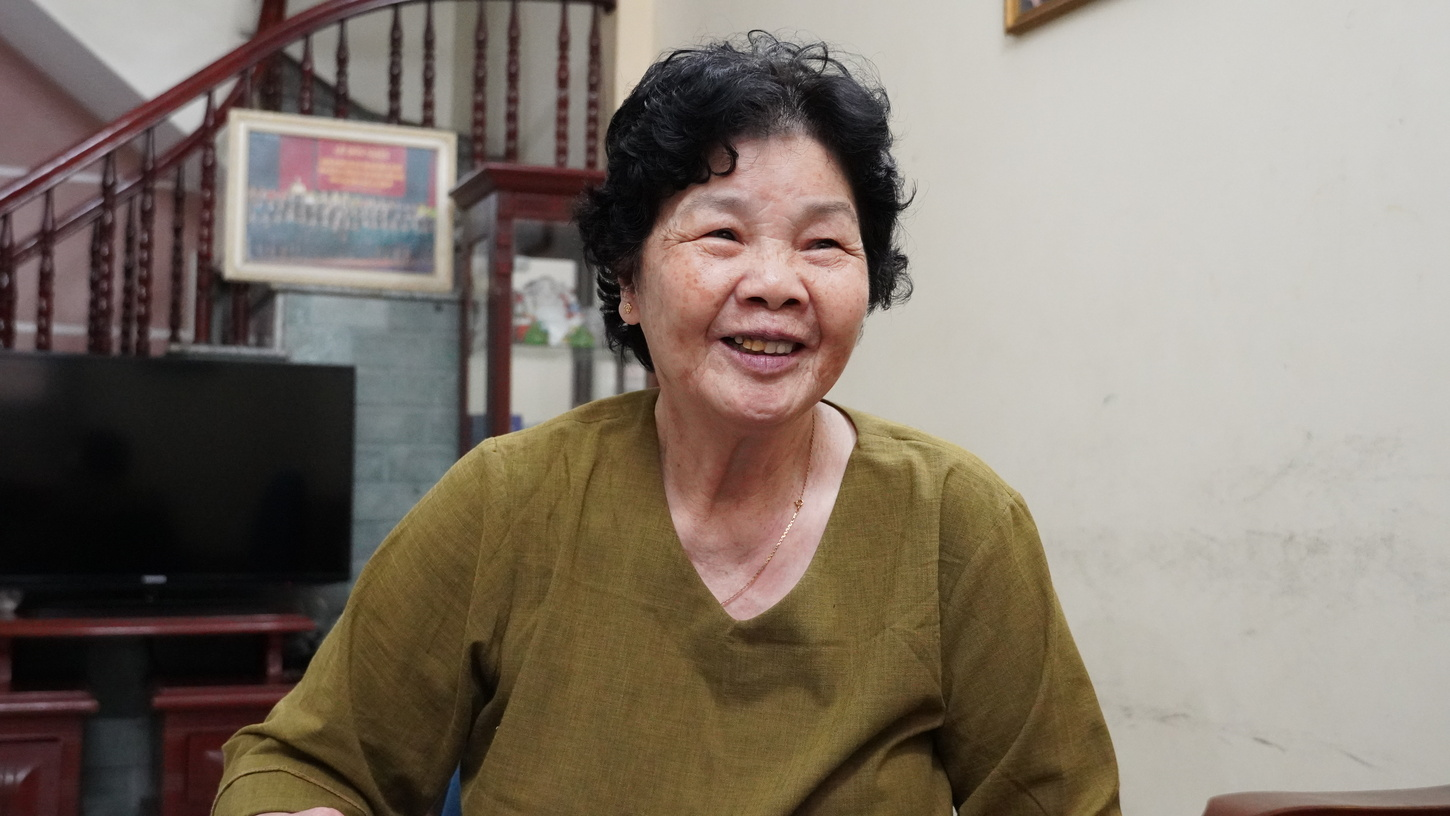
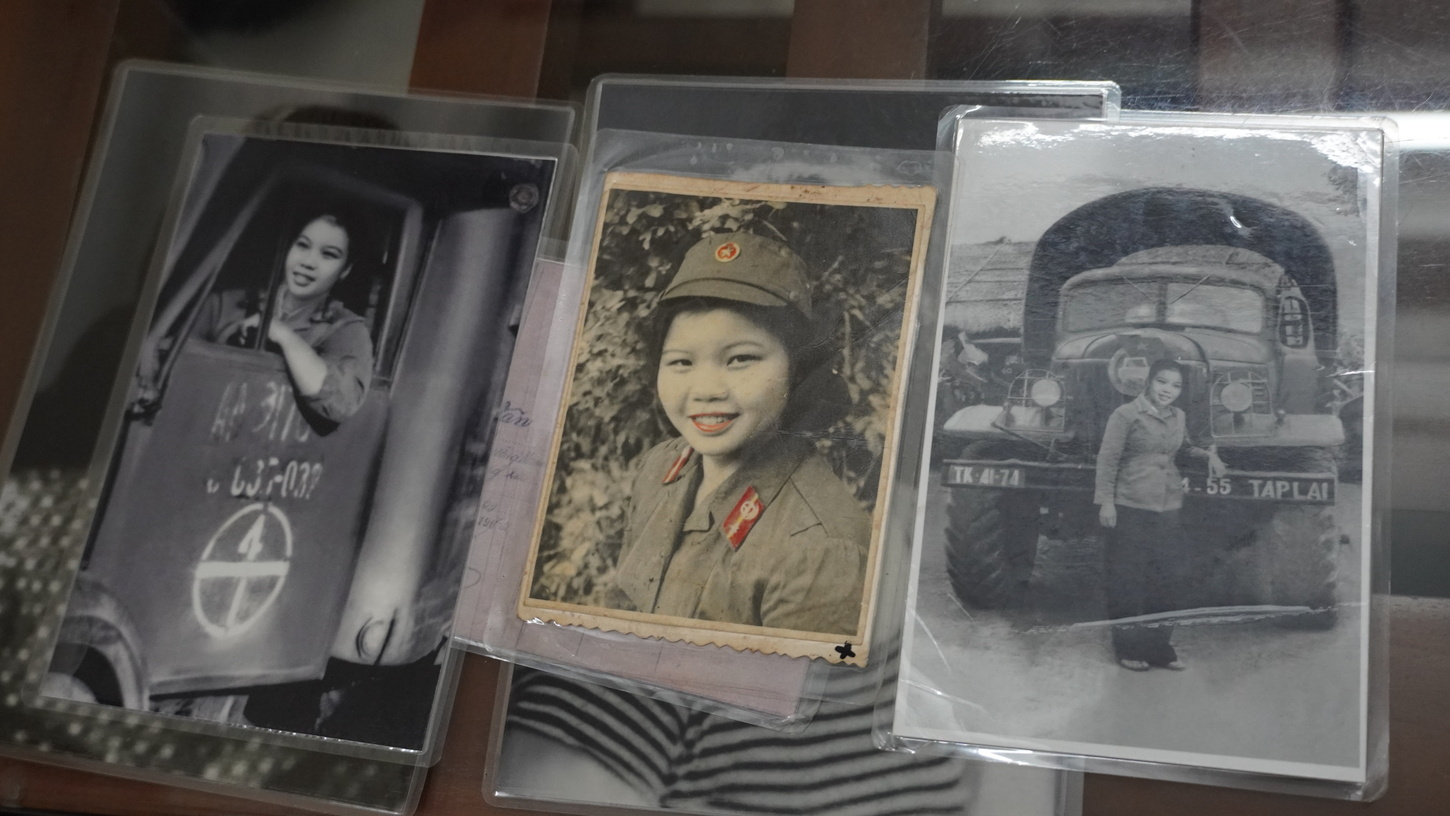
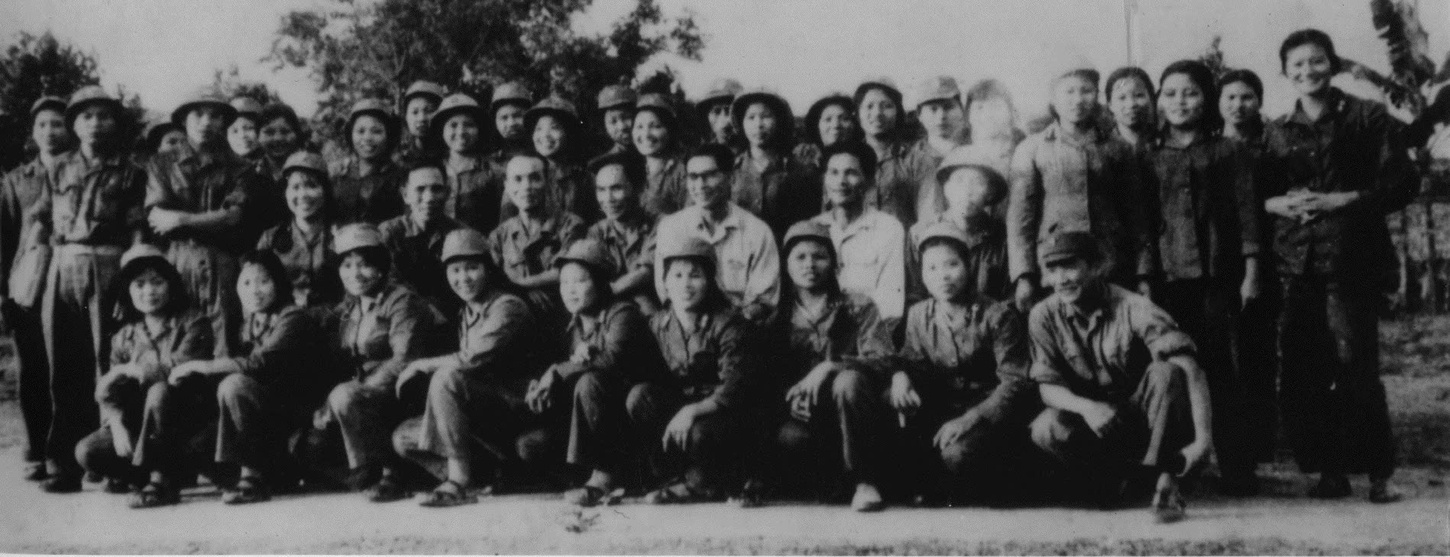
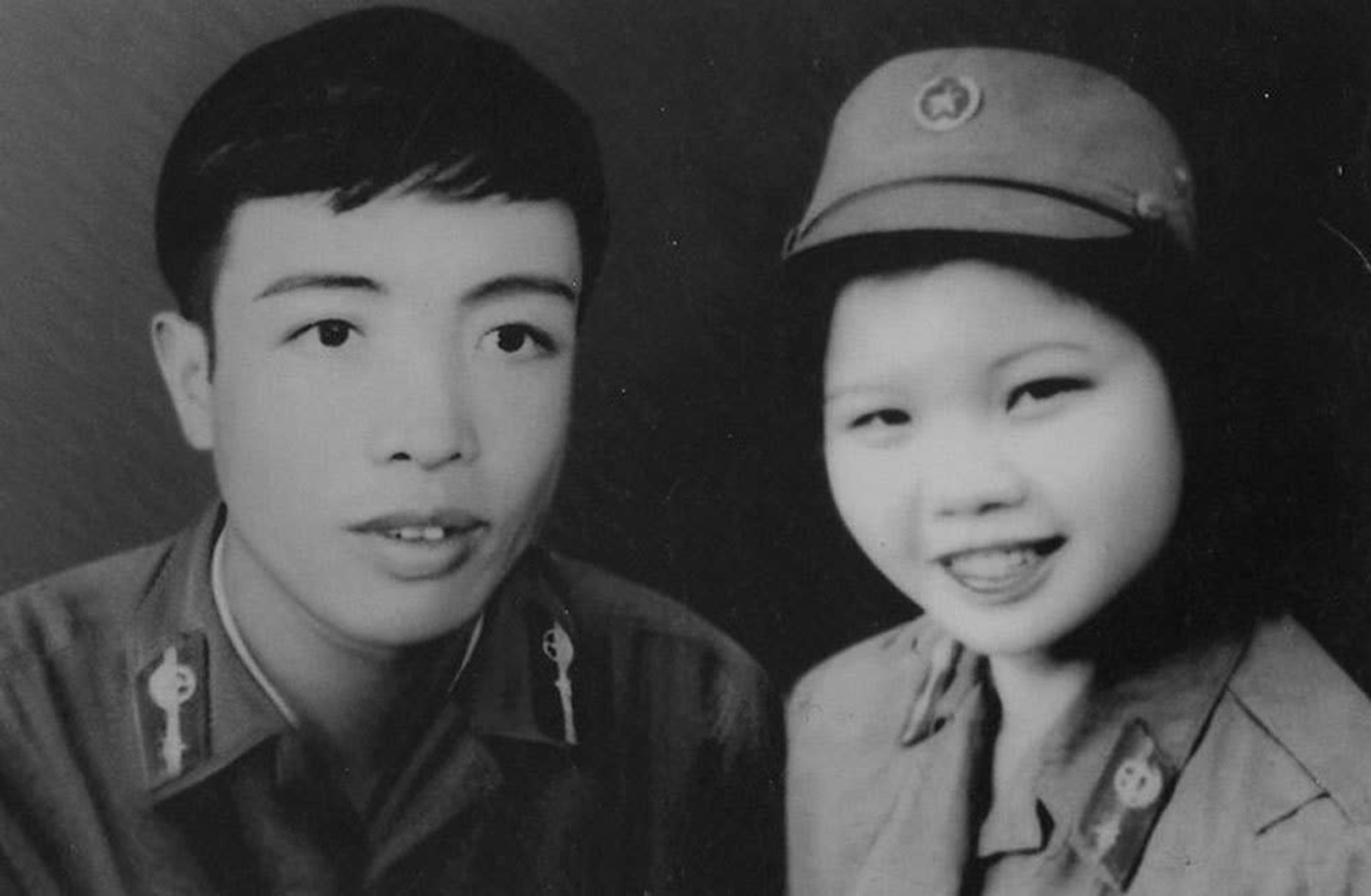




![[Photo] T&T 1 and Ho Chi Minh City 1 People's Police Teams won the men's and women's team championships](https://vphoto.vietnam.vn/thumb/1200x675/vietnam/resource/IMAGE/2025/5/22/39db06ae67cb4001b7a556e8d9a56d07)

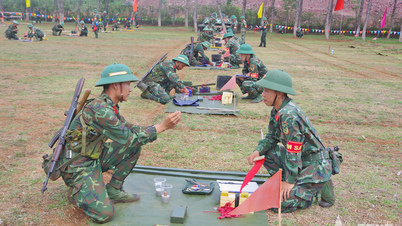
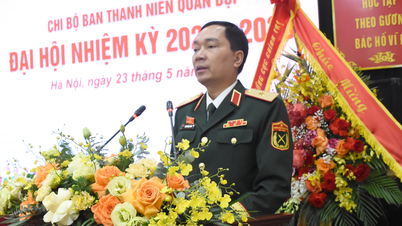
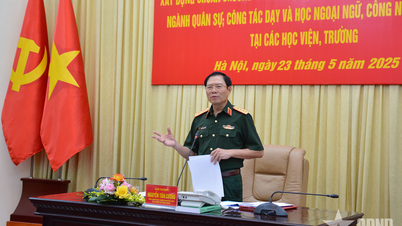
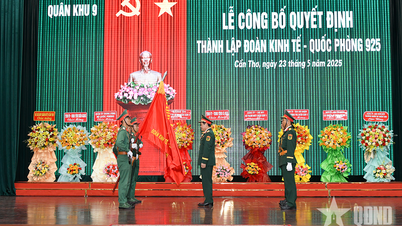

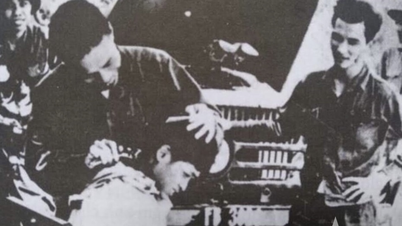




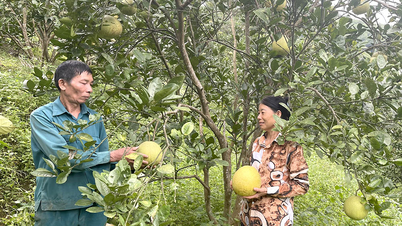
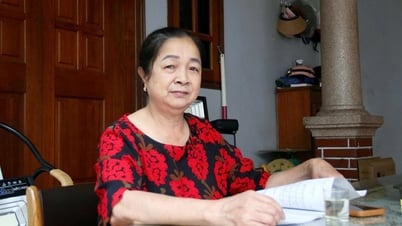
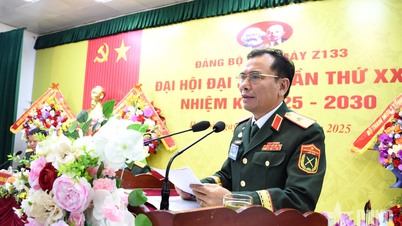
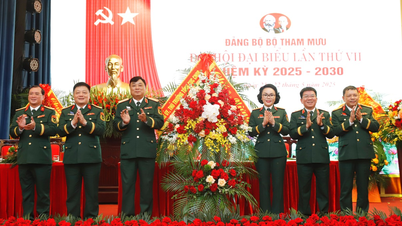
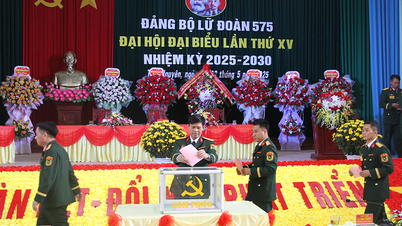




















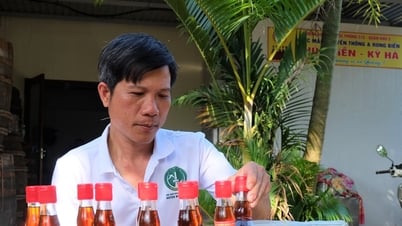

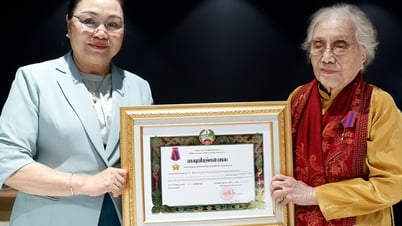

















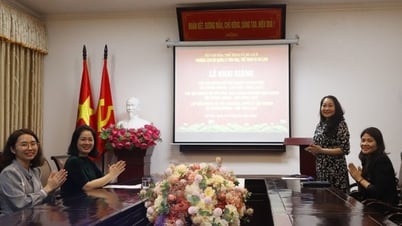

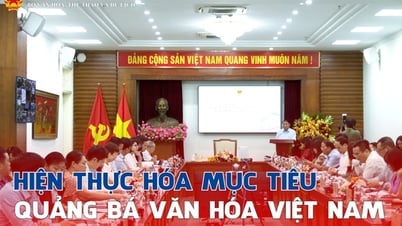
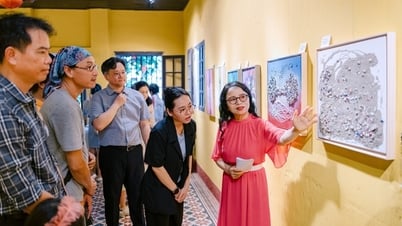


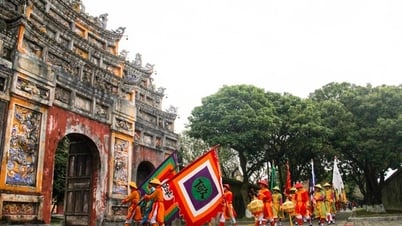


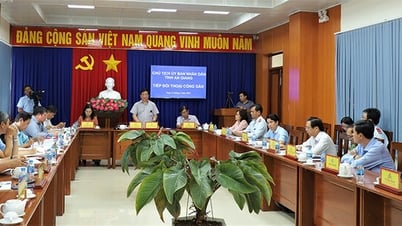

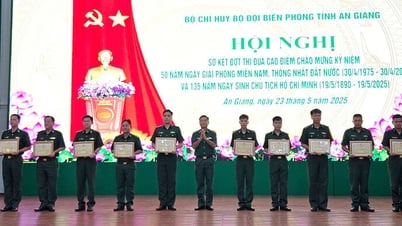
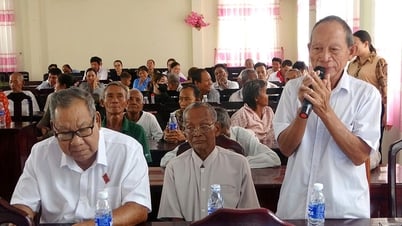
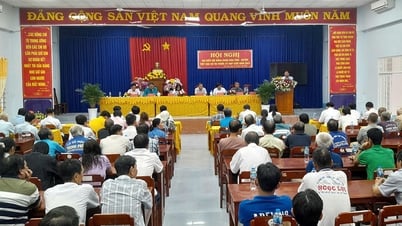










![[Podcast] Week introducing more than 500 OCOP products in Hanoi](https://vphoto.vietnam.vn/thumb/402x226/vietnam/resource/IMAGE/2025/5/22/d144aac2416744718388dbae3260e7fd)

Comment (0)